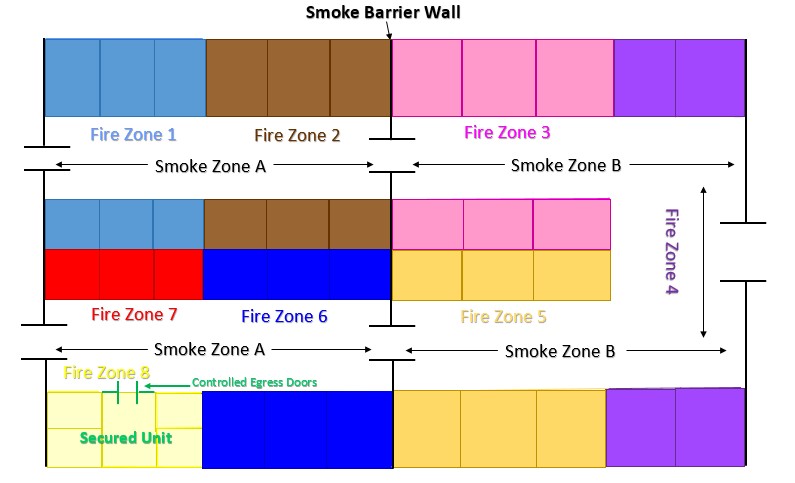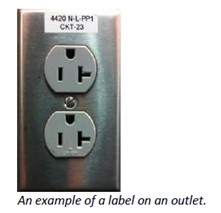Missouri Department of Health and Senior Services Recall Alert
To: Local Public Health Agencies
From: Dusty Johnson
Date: 07/06/2021
CLASS: Class I High Priority
This announcement is distributed to Environmental staff and LPHA Administrators.
- Please notify the affected facilities in your jurisdiction ASAP.
- Conduct follow-up checks within 2 working days.
- See attached distribution information.
- See the original announcement for examples of labels.
Necessary Information:
Tyson Foods Inc., a Dexter, Mo. establishment, is recalling approximately 8,492,832 pounds of ready-to-eat (RTE) chicken products that may be adulterated with Listeria monocytogenes, the U.S. Department of Agriculture’s Food Safety and Inspection Service (FSIS) announced today.
The frozen, fully cooked chicken products were produced between December 26, 2020 and April 13, 2021. The products that are subject to recall are listed here. View the labels here.
The products subject to recall bear establishment number “EST. P-7089” on the product bag or inside the USDA mark of inspection. These items were shipped nationwide to retailers and institutions, including hospitals, nursing facilities, restaurants, schools and Department of Defense locations.
On June 9, 2021, FSIS was notified of two persons ill with listeriosis. Working in conjunction with the Centers for Disease Control and Prevention (CDC) and state public health partners, FSIS determined there is evidence linking the Listeria monocytogenes illnesses to precooked chicken produced at Tyson Foods Inc. The epidemiologic investigation identified three listeriosis illnesses, including one death, between April 6, 2021 and June 5, 2021. During routine sample collection, FSIS collected two precooked chicken samples from two establishments that are closely related genetically to Listeria monocytogenes from ill people. One of the samples was collected at Tyson Foods Inc. FSIS is continuing to work with federal and state public health partners to determine if there are additional illnesses linked to these products.
Additional information on the investigation may be found on the Centers for Disease Control and Prevention website.
Consumption of food contaminated with L. monocytogenes can cause listeriosis, a serious infection that primarily affects older adults, persons with weakened immune systems, and pregnant women and their newborns. Less commonly, persons outside these risk groups are affected.
Listeriosis can cause fever, muscle aches, headache, stiff neck, confusion, loss of balance and convulsions sometimes preceded by diarrhea or other gastrointestinal symptoms. An invasive infection spreads beyond the gastrointestinal tract. In pregnant women, the infection can cause miscarriages, stillbirths, premature delivery or life-threatening infection of the newborn. In addition, serious and sometimes fatal infections in older adults and persons with weakened immune systems. Listeriosis is treated with antibiotics. Persons in the higher-risk categories who experience flu-like symptoms within two months after eating contaminated food should seek medical care and tell the health care provider about eating the contaminated food.
FSIS is concerned that some product may be in consumer and institutional freezers. Consumers should not eat these products. Institutions should not serve these products. These products should be thrown away or returned to the place of purchase.
FSIS routinely conducts recall effectiveness checks to verify recalling firms notify their customers of the recall and that steps are taken to make certain that the product is no longer available to consumers. When available, the retail distribution list(s) will be posted on the FSIS website at www.fsis.usda.gov/recalls.
Members of the media who have questions regarding the recall can contact Derek Burleson, Communications Manager, Tyson Foods, at (479) 290-6466 or derek.burleson@tyson.com. Consumers who have questions can contact Tyson Foods customer relations, at (855) 382-3101.
Consumers with food safety questions can call the toll-free USDA Meat and Poultry Hotline at 1-888-MPHotline (1-888-674-6854) or live chat via Ask USDA from 10 a.m. to 6 p.m. (Eastern Time) Monday through Friday. Consumers can also browse food safety messages at Ask USDA or send a question via email to MPHotline@usda.gov. For consumers that need to report a problem with a meat, poultry, or egg product, the online Electronic Consumer Complaint Monitoring System can be accessed 24 hours a day at https://foodcomplaint.fsis.usda.gov/eCCF/.
Additional Information:


